Where does one plant a tree?
scraplolly
15 years ago
Related Stories

MOST POPULARWhen Does a House Become a Home?
Getting settled can take more than arranging all your stuff. Discover how to make a real connection with where you live
Full Story
GARDENING GUIDESWhen and How to Plant a Tree, and Why You Should
Trees add beauty while benefiting the environment. Learn the right way to plant one
Full Story
INSIDE HOUZZHow Much Does a Remodel Cost, and How Long Does It Take?
The 2016 Houzz & Home survey asked 120,000 Houzzers about their renovation projects. Here’s what they said
Full Story
FARM YOUR YARDIf You Have Room for Only One Fruit Tree ...
Juice up a small garden with one of these easier-care or worth-the-effort fruit trees for a mild climate
Full Story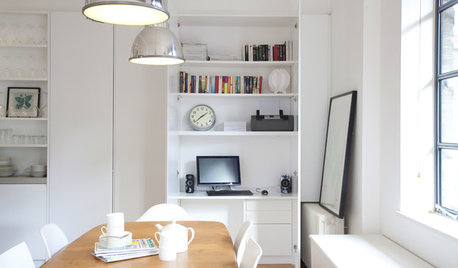
HOME OFFICESA Nice Little Desk Just Where You Want One
Do you have a desk area hiding in plain sight? These stylish work perches give rooms extra purpose
Full Story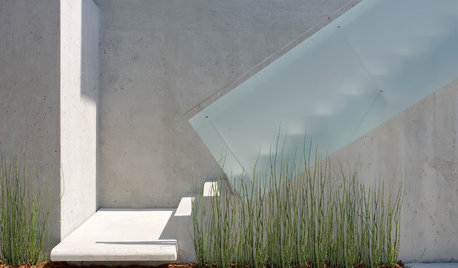
LANDSCAPE DESIGNDoes Your Landscape Need a Little ‘Cosmic Latte’?
Beige — the color of the universe — can be both building block and backdrop in a contemporary garden
Full Story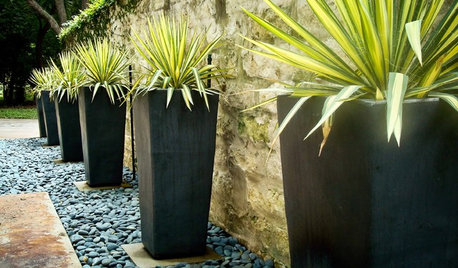
CONTAINER GARDENSWant Compelling Garden Minimalism? Think One Plant, One Pot
Highlight a show-worthy stunner or elevate a pedestrian plant by giving it a solo starring role in the garden
Full Story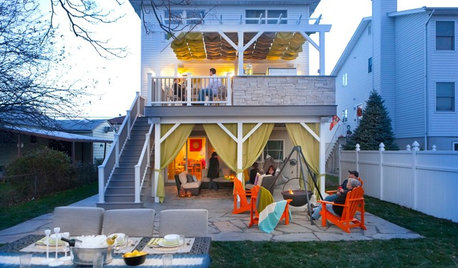
LIFEHouzz Call: What Does Summer Look Like at Your Home?
Kids, water, sunshine, backyards, cold drinks — share photos of what summer at home means to you
Full Story
GARDENING GUIDESPlant Black Cherry Trees for the Birds and Bees
Plant Prunus serotina in the Central and Eastern U.S. for spring flowers, interesting bark and beautiful fall color
Full Story
GARDENING GUIDESGrow Your Own Privacy: How to Screen With Plants and Trees
Use living walls to lower your home and garden's exposure while boosting natural beauty in your landscape
Full Story




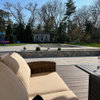


laag
wellspring
Related Discussions
A plant that is permanently set in one place does better?
Q
Lost a tree, must we dig out stump to plant new one?
Q
Why does no one plant Malay Apple?
Q
Newly planted tree, one sided root flare
Q
scraplollyOriginal Author
inkognito
scraplollyOriginal Author
Embothrium
scraplollyOriginal Author
scraplollyOriginal Author
debinca1
laag
mjsee
scraplollyOriginal Author
Embothrium
scraplollyOriginal Author
Embothrium
laag
inkognito
scraplollyOriginal Author
isabella__MA
inkognito
scraplollyOriginal Author
karinl
inkognito
nandina
scraplollyOriginal Author
woodyoak zone 5 southern Ont., Canada
mjsee
laag
wellspring
inkognito
scraplollyOriginal Author
laag
karinl
scraplollyOriginal Author